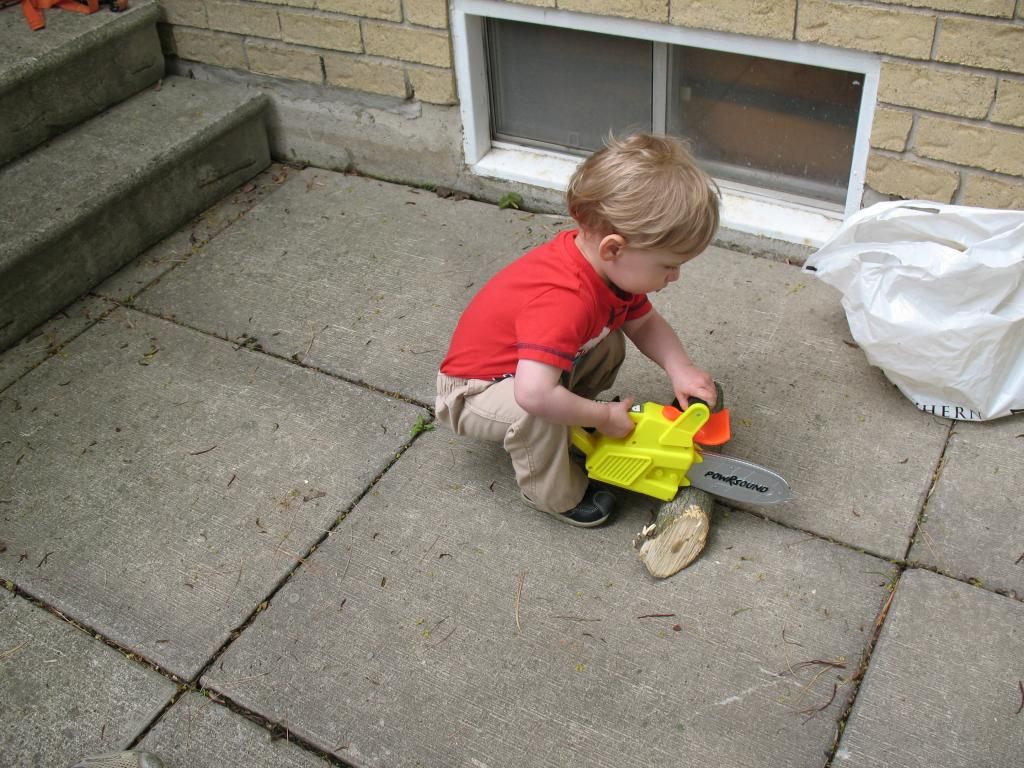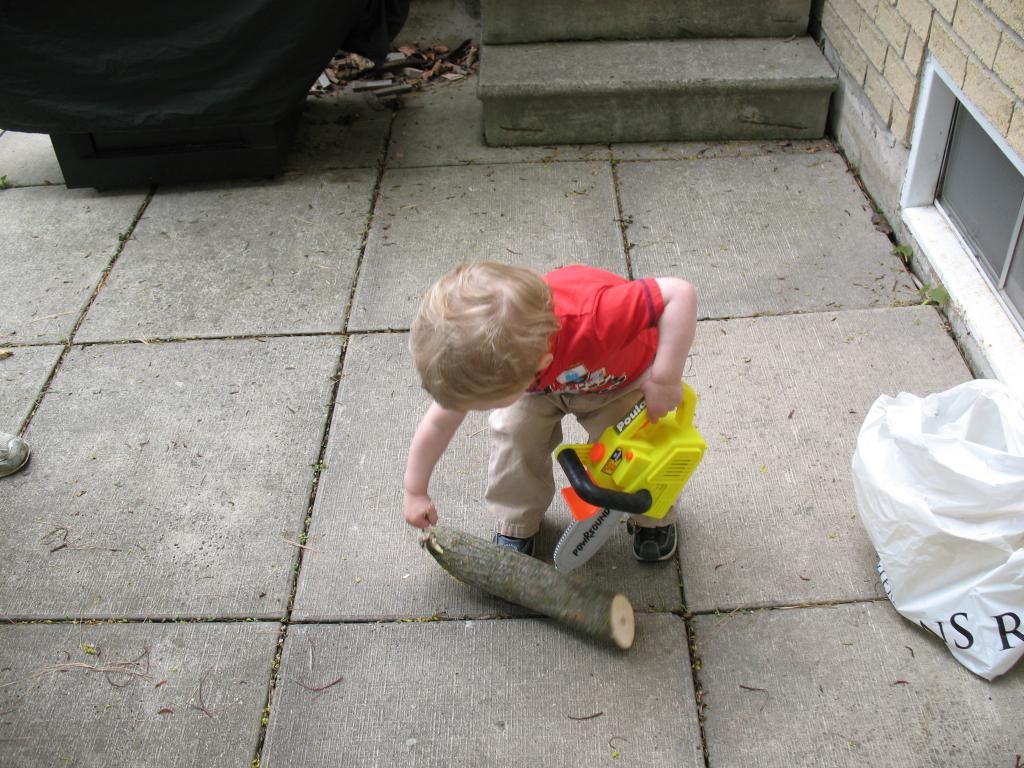View attachment 351607
Hi Lee,
Here's what I made up to test pressure. It's basically a pressure gauge, in a 1/4" NPT "T" fitting with a barb fitting on the output side and a valve with an air line fitting on the input side.
The barb on the output side fits the vinyl hose that comes with the vacuum brake bleeder kit from Princess auto.
You might see Stephen C (he likes to hang out in princess places I heard) there so say hello to him.
Since most of the saws I have don't have impulse lines, which is the easiest hook up for the test, I apply pressure and vacuum through the spark plug hole.
There is a fitting that Husqvarna has that is made for this application PN 503844002 that I need to get.
For now, I knocked the center out of a spark plug and pulled a rubber tire valve stem through the plug. I put an "O" ring on the plug to seal it to the spark plug hole and clamped a piece of vinyl hose on the tire valve. The Schrader valve has been removed. I use a pair of needle nose pliers to tighten down the assembly.
Pull your muffler off and take a piece of inner tube or some suitable rubber and use it to replace the gasket behind the muffler, That should seal the muffler opening off.
If the carb can be backed off enough to slide a piece of inner tube between the carb and the adaptor to seal that off just tighten the carb down. If not, you will have to pull the carb and seal the opening. I find it easiest if I have to pull the carb to punch holes on the rubber and feed the carb screws through it and then bolt the carb back up. Same for the muffler.
You can also just make plates from steel or aluminum for the exhaust port and carb adaptor if you prefer not to use the muffler and carb as clamps.
If there is an impulse opening for an oil pump like the 3400 - 4000 and others, you will need to seal that off as well.
I carefully apply 7 pounds of air pressure (make sure your compressor regulator is down low) to the hose and then shut the valve off. I'm not sure what 100 PSI air would do to the saw. It should hold 7 lbs pressure for at least 20 seconds.
Turn the flywheel over slowly a few times which may show up a seal leak
I do the same with the vacuum check. Start with 7 lbs vacuum. The saw should not allow enough air to leak in so the vacuum drops below 4.25 lbs for in 20 seconds.
These figures are from a Stihl manual.
I generally find that pressure will hold for a long time and that vacuum will leak down over a shorter period of time.
If the saw leaks under pressure, listen for the leak or spray soapy water around potential leak areas.
Soapy water will also work to pinpoint vacuum leaks.
Here's a pic of the pressure tester



































































